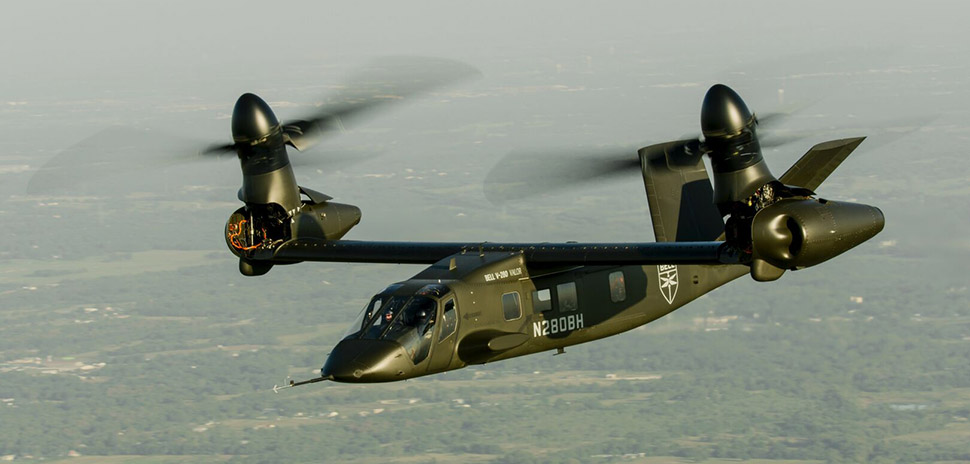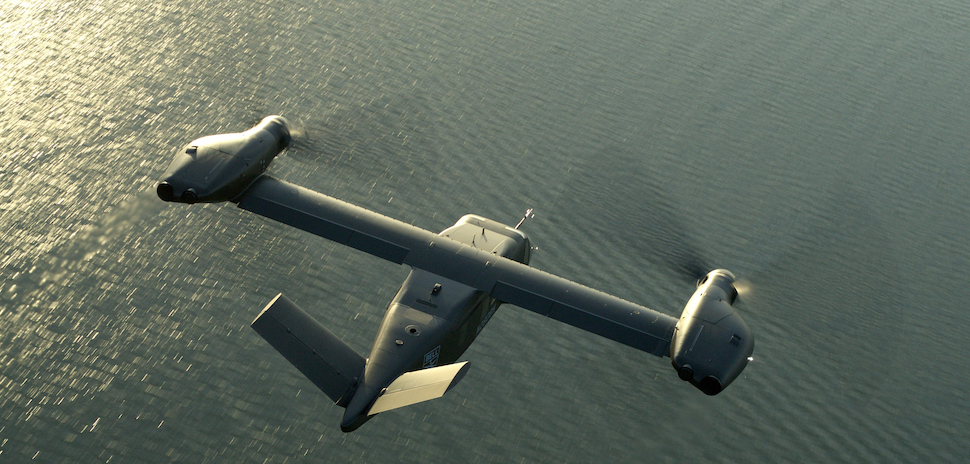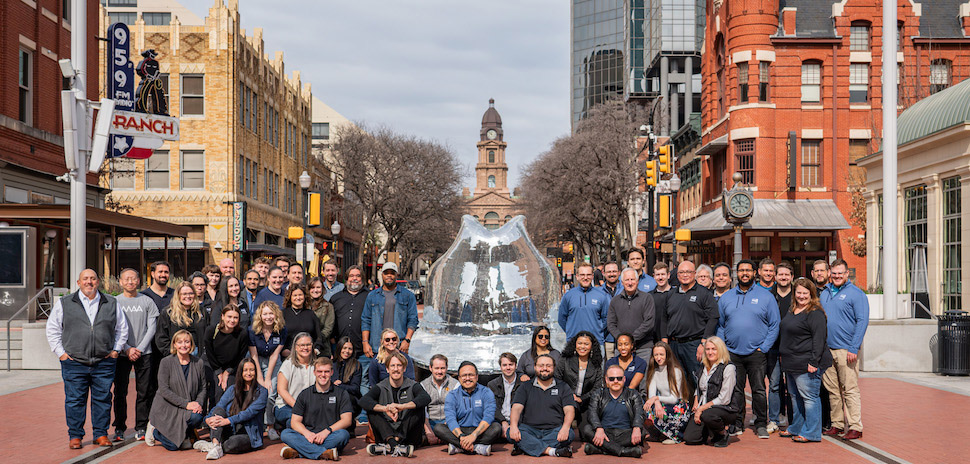It’s slated to fly twice as far and twice as fast as the U.S. Army’s current Black Hawk helicopter—and today, Bell Textron’s Future Long-Range Assault Aircraft raced to a key milestone.
We mean that literally, because the Army approved the “Milestone B” decision for the Future Long-Range Assault Aircraft (FLRAA). The approval means Bell (NYSE:TXT) can now design, build, and test FLRAA prototypes as it advances the aircraft toward ultimate launch and the nation’s defense.
Program could potentially be worth around $70B across life of fleet
In 2022, the U.S. Army awarded Bell an initial contract worth up to $1.3 billion to replace the famed Black Hawk combat attack helicopter. The FLRAA will be based on Bell’s tilt-rotor V-280 Valor, which was developed and tested as part of the Army’s Joint Multi-Role Technology Demonstrator program, which began in 2013.

The FLRAA will be based on Bell Textron’s V-280 Valor tiltrotor and will replace the Army’s Black Hawk combat attack helicopter fleet. [Photo: Bell]
Overall, the FLRAA’s “engineering and manufacturing development and low-rate production phase” could be worth as much as $7 billion, according to Defense News—with the program potentially worth around $70 billion across the life of the fleet, including foreign military sales.
Designed for long-range assault missions, the Valor took its first test flight back in 2017. Its tiltrotor engine design allows it to take off like a helicopter and fly like a plane. Bell originally innovated the tiltrotor technology in the Army’s Bell Boeing V-22 Osprey.
‘An historic moment’
Since the contract was awarded in 2022, Bell has established “several new state-of-the-art facilities” and launched several new innovative manufacturing processes to drive cost, schedule, and performance to support the program’s execution, the company said.
“This achievement marks a historic moment for both the U.S. Army and Bell,” Ryan Ehinger, Bell’s SVP and program director of the FLRAA program, said in a statement. “Now that the program has Milestone B approval, the course is set for delivering transformational capability to the warfighter. The FLRAA team remains laser-focused on working in tandem with the U.S. Army to execute the next phase of Engineering and Manufacturing Development.”

Bell V-280 Valors in flight. [Photo: Bell]
Couples tiltrotor technology with digital engineering
Poised to be the U.S. Army’s new long-range assault aircraft, the FLRAA can outfly and outrace its current fleet thanks to mature tiltrotor technology “coupled with an innovative digital engineering approach and an open architecture,” Bell said—adding that the aircraft will be “the most reliable, affordable, and high-performing long-range assault aircraft in the world.”
The Milestone B decision follows years of collaboration by the Bell team, the Army, and Bell’s FLRAA teammates “to decompose requirements, reduce risk, and inform the weapon system acquisition,” Bell noted. That includes the execution of the FLRAA’s preliminary design review, “ensuring integration and effectiveness of the aircraft’s design including weapon system design, sustainment, and system integrations that are integral to the U.S. Army’s special mission requirements.”
Bell said its focus for the FLRAA will now be on continued design maturation and prototyping.
![]()
Get on the list.
Dallas Innovates, every day.
Sign up to keep your eye on what’s new and next in Dallas-Fort Worth, every day.
































